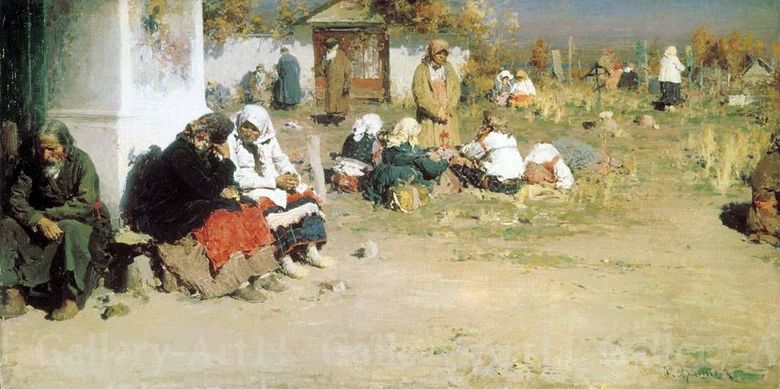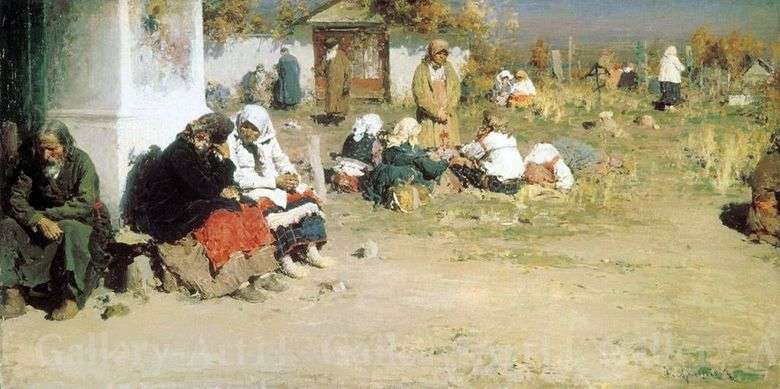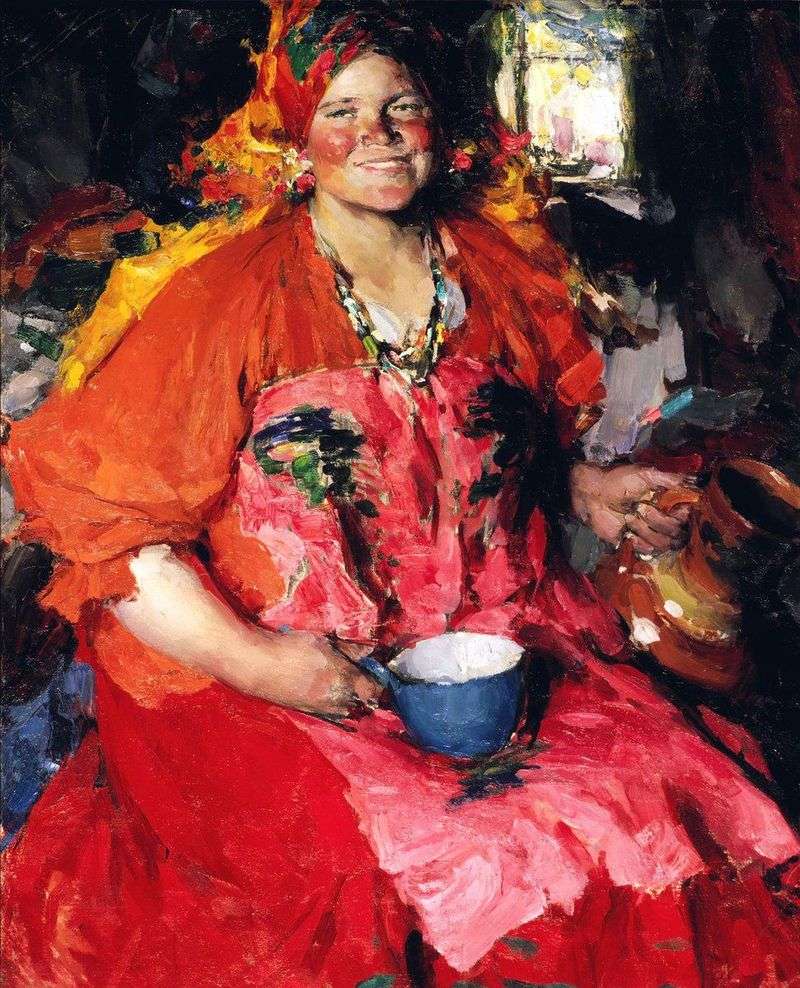
Radonica is a pagan spring festival for the dead; was carried out, according to the testimony of John Chrysostom, in Christian cemeteries already in antiquity, usually on Tuesday at the Fominoy week. Initially, the concept of “Radonitsa” had multiple meanings and denoted the names of pagan ancestral deities, guardians of the souls of dead people, personified the veneration of the deceased; Radunitsam and the deceased sacrificed on burial mounds, so that the soul of the deceased could enjoy the spectacle of the respect that it gives the living.
Some researchers used the word “Radonitsa” not without reason to draw closer to the words “genus”, “ancestor”, others saw in it the same root as in the word “joy”, as in Radonitsa the dead are called from their graves to the joy of the Most Holy Resurrection. All without exception, Rus hastened to the cemeteries in Radonitsa to have a holocaust with their late relatives, to treat those who had gone to eternity with a red testicle and other dishes. Three or four eggs were laid on the grave, and sometimes buried in it, smashed on the grave cross, immediately they crushed them or gave the poor brotherhood to the soul’s mention. Of course, it did not do without the snacks and booze that were made immediately in the cemetery, the living did not remember the deceased, the Old Slavonic trifle, the distinctive feature of the Russian people.
Although the commemoration of the memory of the dead, as it were, still retaining some kind of mysterious connection with the living, is being done everywhere in Russia and in all appropriate cases, which can not even be enumerated, nevertheless Radonitsa, as a commemorated day, stood out among others, differing in the joyful mood of the commemorators. It may seem strange how the sorrow of the departed into eternity was combined with joy, but this was explained, firstly, by the deep belief of the Russian people, that a time would come when all the dead would arise from the coffins, a belief reinforced at the same time by the fact of the Resurrection of Christ, and secondly, Krasnaya Gorka – a cheerful spring holiday, the revival of nature, which has died out for a long time of the year, set the man in a cheerful mood, prompted to forget this time about the harsh, ruthless death, to think about life,
That’s why by this time, most of the cheerful and noisy weddings were timed, with their characteristic folk songs, accompanied by the singing of “oarswings”. And after this spring holiday followed Semik, and Mermaids, and Ivan Kupala, etc. After the adoption of Christianity, Radonitsa’s holiday received a completely new content.
The Orthodox Church professes that not only the Orthodox saints of God, but all believers do not die, but live in the Lord. The Savior, through his rebellion from the dead, conquered death and now relocates his slaves only to another life – eternal. Therefore, the dead Christians do not cease to be members of the Church and retain real and live communication with it and with the rest of the children. This happens on the day of Radonica. After the Liturgy, the universal funeral service is performed.
 Radonitsa (avant la messe) – Abram Arkhipov
Radonitsa (avant la messe) – Abram Arkhipov Radonitsa (Antes de la cena) – Abram Arkhipov
Radonitsa (Antes de la cena) – Abram Arkhipov Visiting by Abram Arkhipov
Visiting by Abram Arkhipov The ice passed by Abram Arkhipov
The ice passed by Abram Arkhipov On the Oka River by Abram Arkhipov
On the Oka River by Abram Arkhipov Girl with a jug by Abram Arkhipov
Girl with a jug by Abram Arkhipov Peasant woman in a green apron by Abram Arkhipov
Peasant woman in a green apron by Abram Arkhipov The Island of the Dead by Arnold Becklin
The Island of the Dead by Arnold Becklin